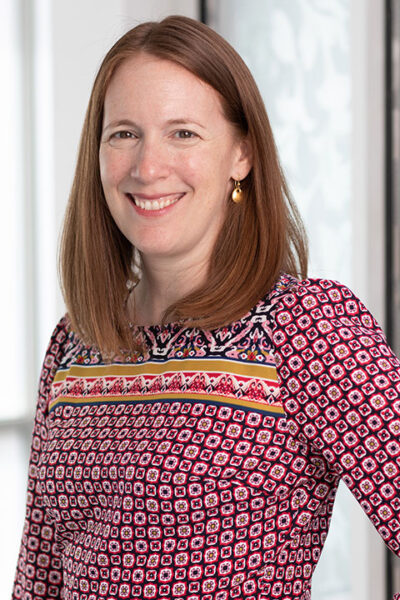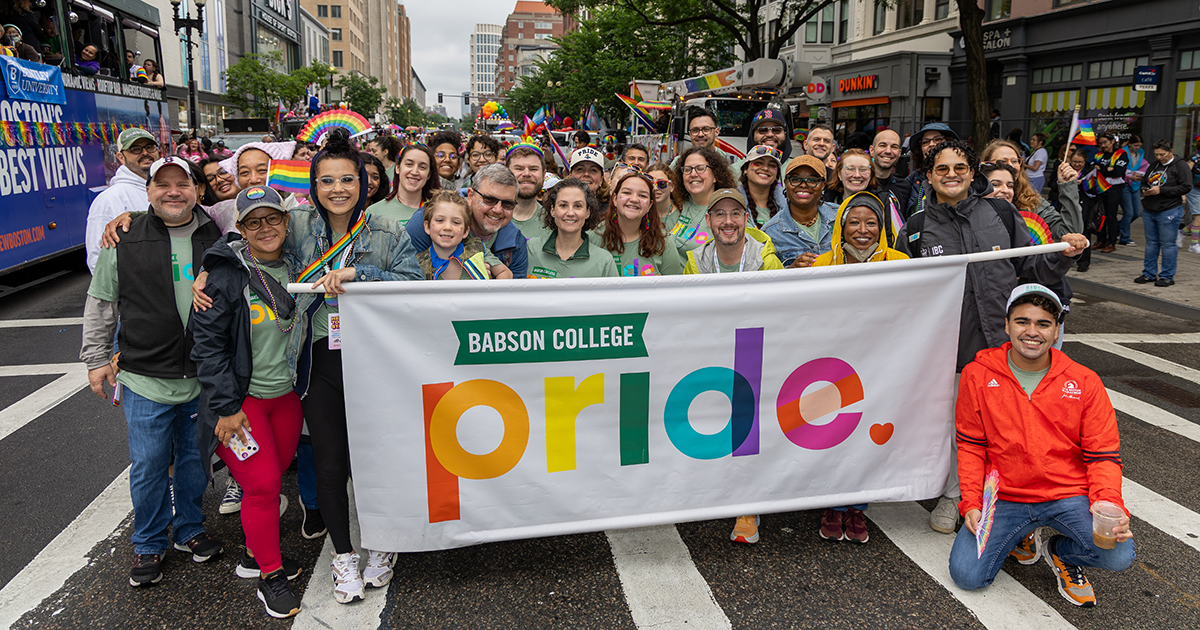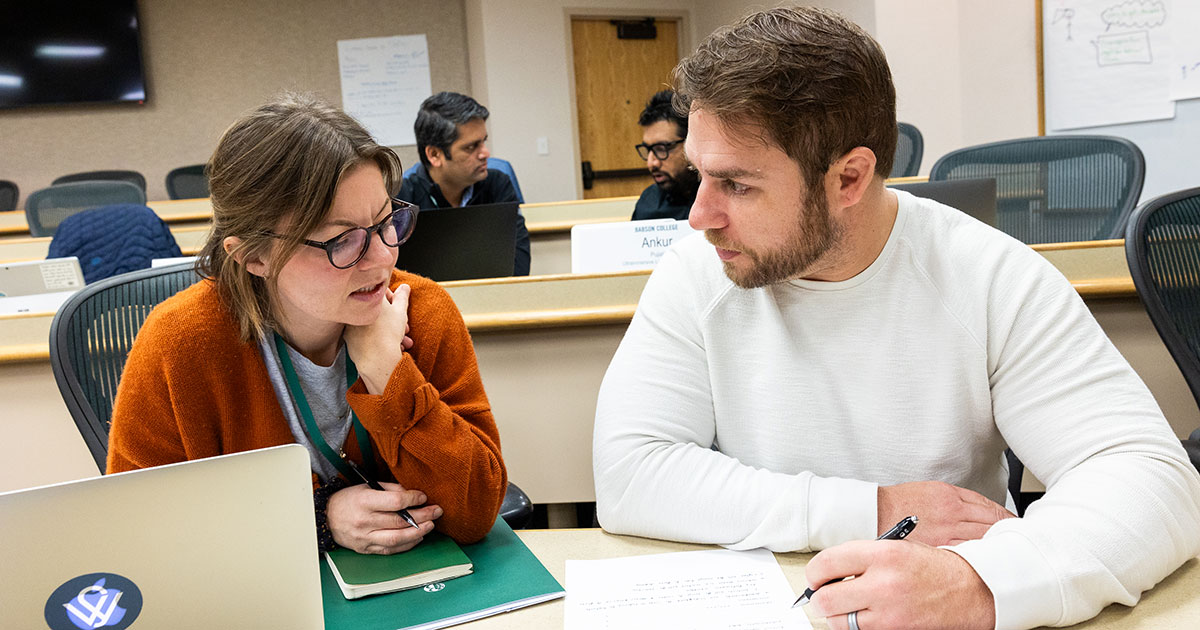Is Friday Still a Workday? Considering the Four-Day Workweek

In the office, the vibe of Friday has long been different.
Summer Fridays, the practice of allowing workers to leave early and get a head start on the weekend, began in New York City in the 1960s, as ad executives in the “Mad Men” era hightailed out of their Manhattan offices to reach their summer enclaves in the Hamptons.
The day has had other monikers as well—dress-down Friday and casual Friday—that reflected how more informal and relaxed it felt. But regardless of whatever name Friday was given, work was still expected to happen. Workers might cut out a bit early in the summer, but that was the exception. The workweek was five days spent in the office, and all five were expected to be productive.

“It seems to be hard to remember now, but the default assumption was 9 to 5. That included Fridays, too,” says Jennifer Tosti-Kharas, a professor of organizational behavior at Babson College. “Maybe you could dress more casually. Maybe it could be a little easier as a day. But Friday didn’t seem materially different.”
Then came the pandemic, and suddenly, the old norms of work life were upended. “The pandemic showed us what could be possible if people are given more flexibility over when, where, and how they work,” says Tosti-Kharas, the Camilla Latino Spinelli Endowed Term Chair, whose research focuses on career development and the meaning people draw from their jobs.
Now, almost four years since the pandemic forced mass lockdowns, the state of workplace Fridays is in flux. Offices are empty, and meetings are scarce. With nearly everyone seemingly working at home, the day can feel quiet and uneventful, as if the weekend is starting a day early. For employers, navigating what these changes mean can be tricky.
“What are the expectations for Fridays?” Tosti-Kharas says. “It does raise the question of whether employees are using Fridays to work at all.”
The changing nature of Fridays also serves as a preview of what a four-day workweek, an idea that has been simmering for years, could look like.
To understand what a Friday is like nowadays in the office, consider that it has picked up a slew of new nicknames, including no meetings Fridays, no camera Fridays, and focus Fridays, the last of which reflects how the day has become so uncluttered that it can be a good time to focus on work without being disturbed. “It is the employees’ time to focus on work that they choose,” Tosti-Kharas says.
The Wall Street Journal and Financial Times, to name just two publications, have looked at the current state of Fridays, painting a picture of employees who, caught up on their work, log on to their emails to keep tabs on things while otherwise filling their days with nonwork appointments. The Boston Globe reported how restaurants and bars have seen an uptick in business on Thursday nights, as if it’s the new unofficial start of the weekend.
Anecdotally, Babson students have seen the state of Fridays firsthand in their internships. “People seem to schedule Fridays as flexible work time, not come into the office, and end early if their work is done,” says Tosti-Kharas, who believes students should find clarity on what a company’s expectations are for Fridays when considering job offers.
The Four-Day Workweek
Many companies remain wary of these changes to Fridays. One big concern, not surprisingly, is productivity.
Tosti-Kharas, however, says employers shouldn’t see these new low-key Fridays as a problem, so long as work is being completed. “What the emphasis should be on is the output,” she says. “Look at the metrics that matter, if those metrics are being met.”
“What are the expectations for Fridays? It does raise the question of whether employees are using Fridays to work at all.”
Jennifer Tosti-Kharas, the Camilla Latino Spinelli Endowed Term Chair at Babson
Study results from 4 Day Week Global, an organization committed to changing the workplace by focusing more on productivity rather than time spent working, showed that critical metrics can be met even if employees aren’t in a traditional 40-hour week. The organization’s results showed that a four-day workweek instituted at some 40 companies resulted in increased efficiency and job satisfaction and decreased burnout.
“We as a culture have subscribed to this idea of the 40-hour workweek,” Tosti-Kharas says. “It is culturally embedded.” Results from 4 Day Week Global, though, point to another possibility, where employees work more efficiently for four days and then have more time for themselves.
Empty Offices
Beyond productivity, employers are concerned about office space sitting unused on Fridays.
Kastle, a provider of security systems, released data on occupation rates from thousands of office buildings that use its products. It found the peak days for office use are Tuesday through Thursday, which see an average of 58% of pre-pandemic occupancy. On Fridays, that number drops to below 35%.
“I don’t think we can get people to come into the office five days a week anymore,” Tosti-Kharas says. “That is gone. It may be gone for good.”
Employers that want to encourage employees to come into the office on Fridays and other days must be purposeful, giving good incentives for workers to return. “It seems like the two things people want to know are: Who else will be there in person, and why do I have to be there?” Tosti-Kharas says.
In the end, Tosti-Kharas says companies should respect employees’ autonomy. “I would hope employers would learn to trust employees,” she says.
Posted in Insights





